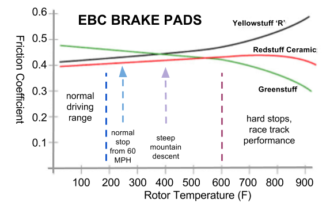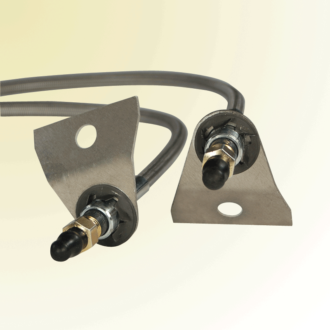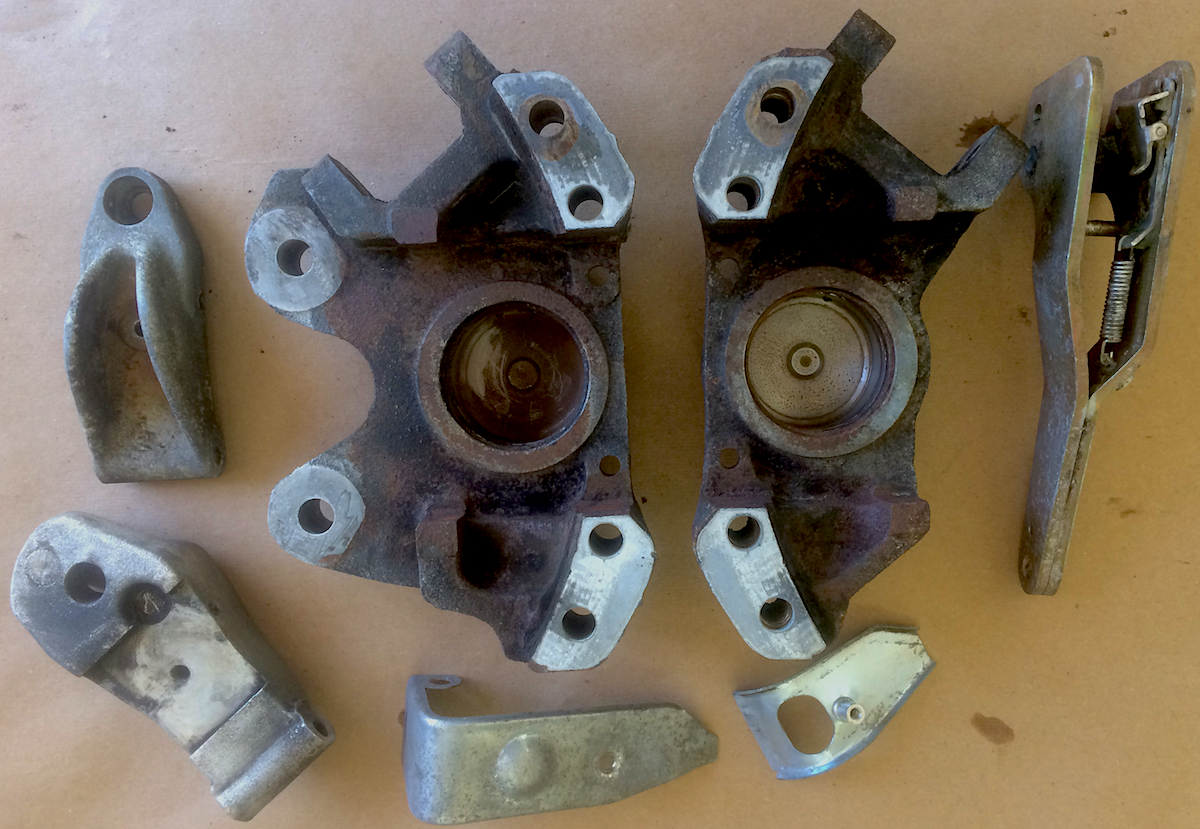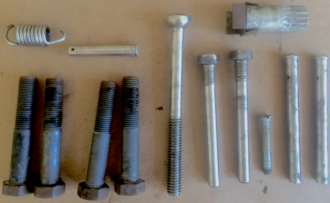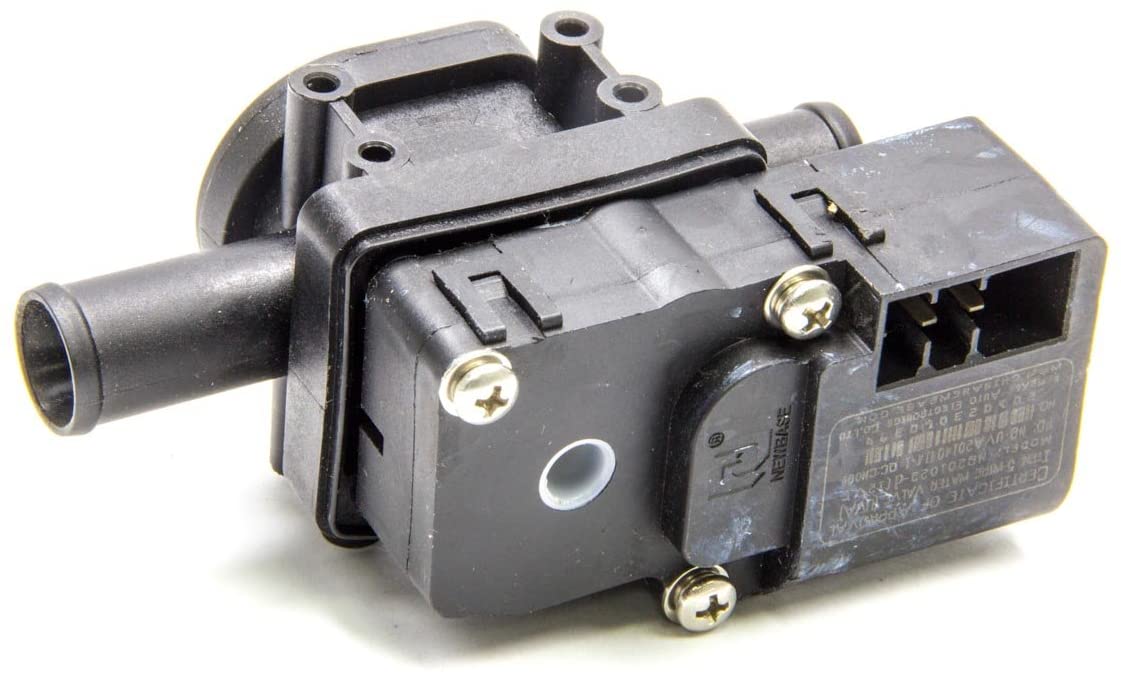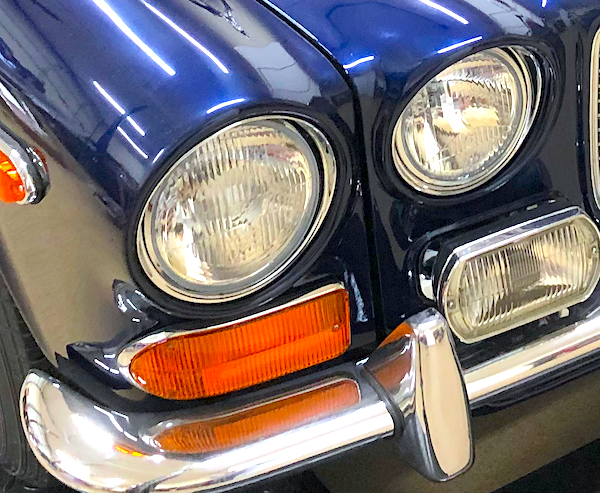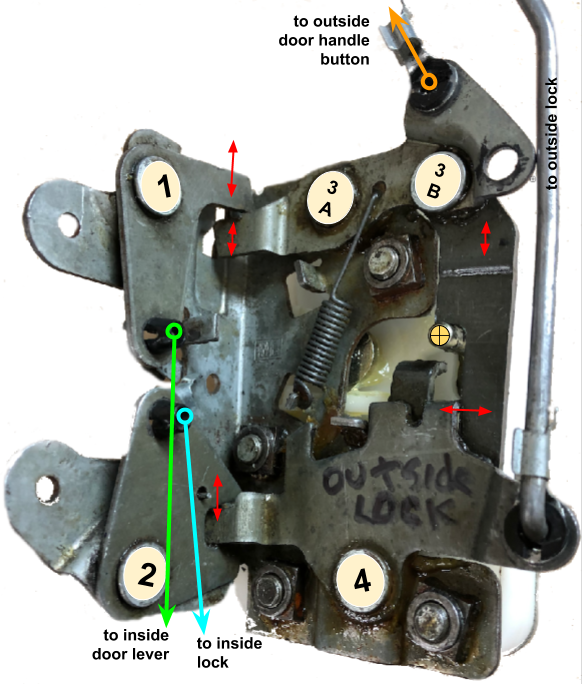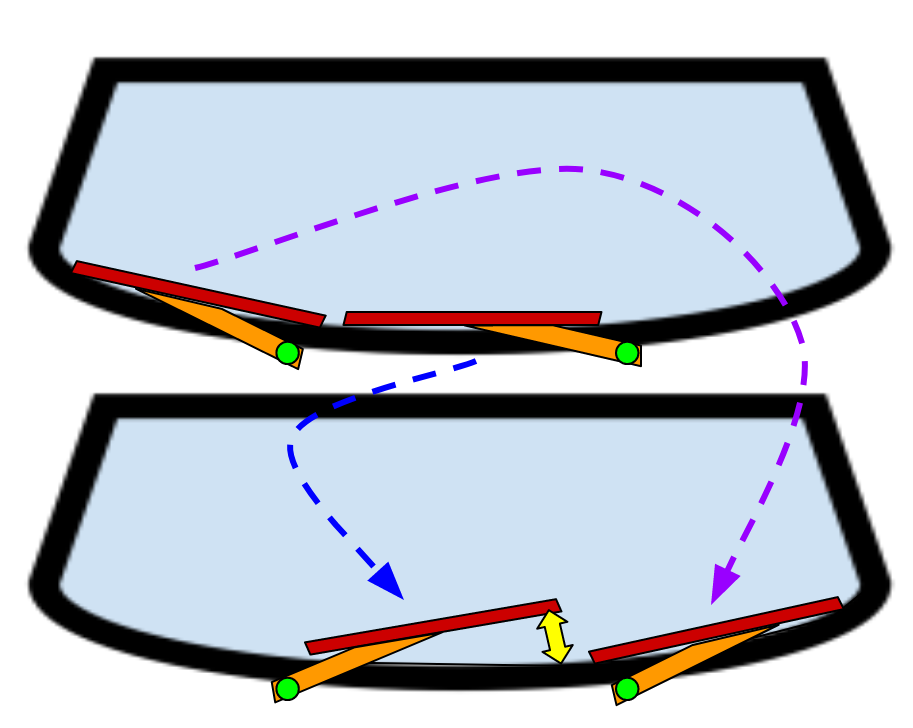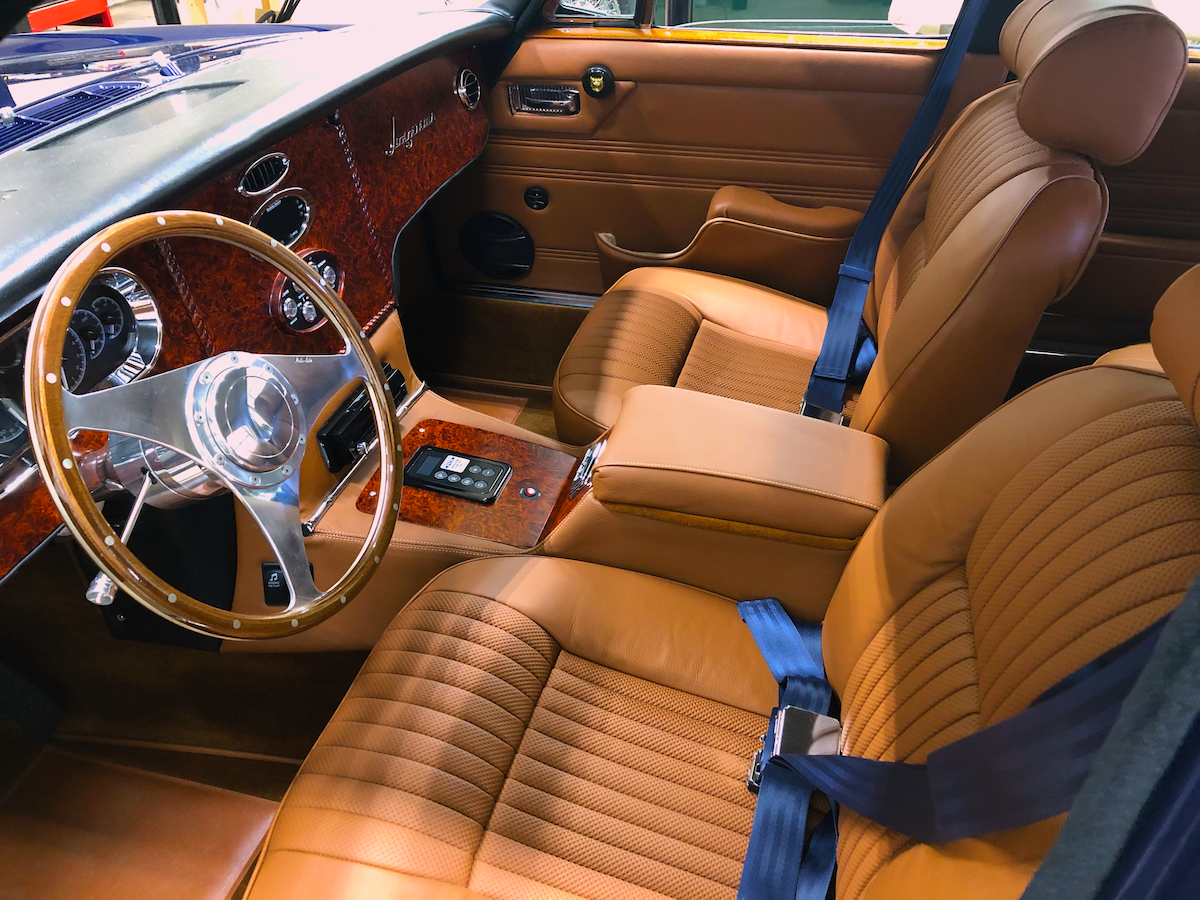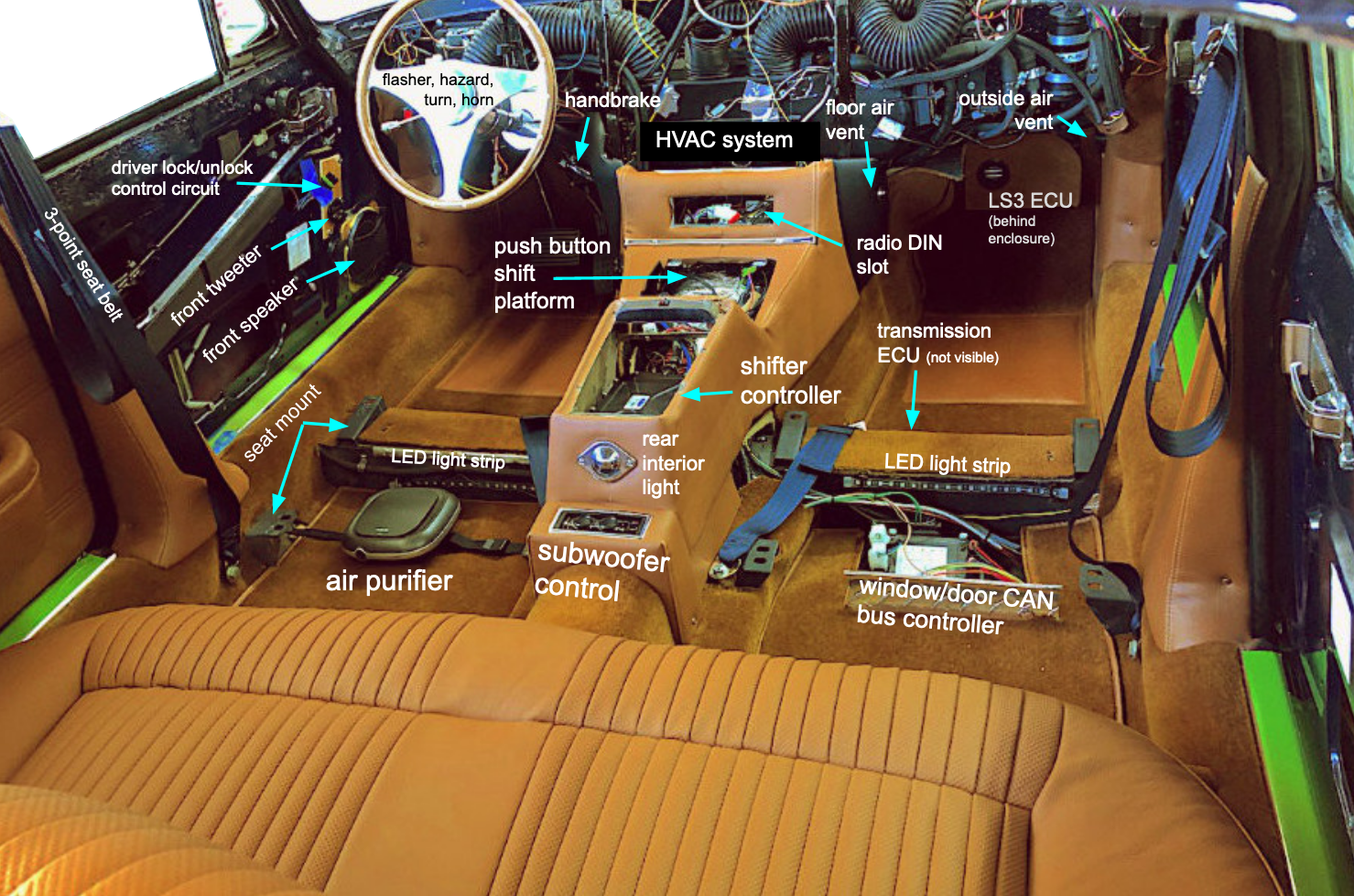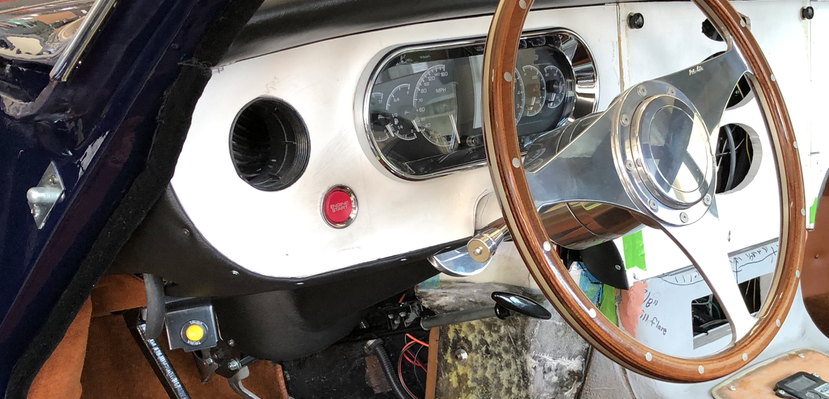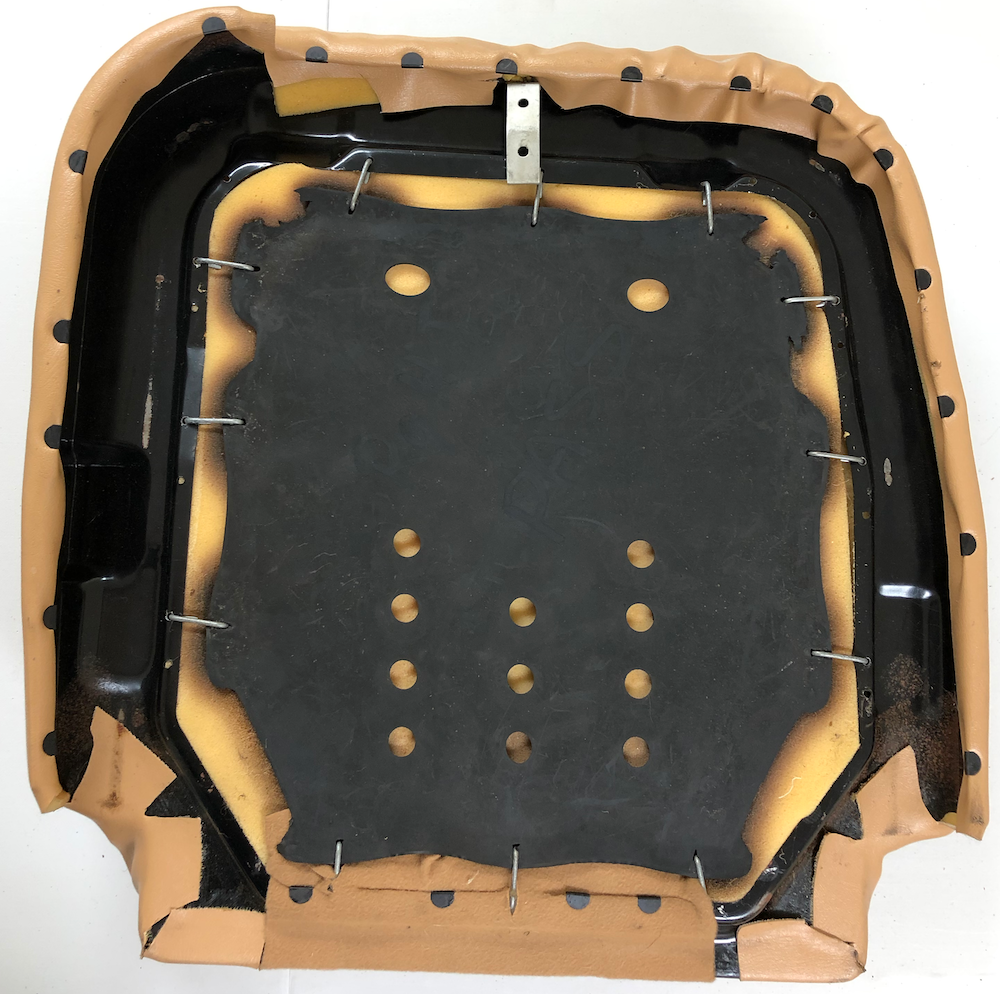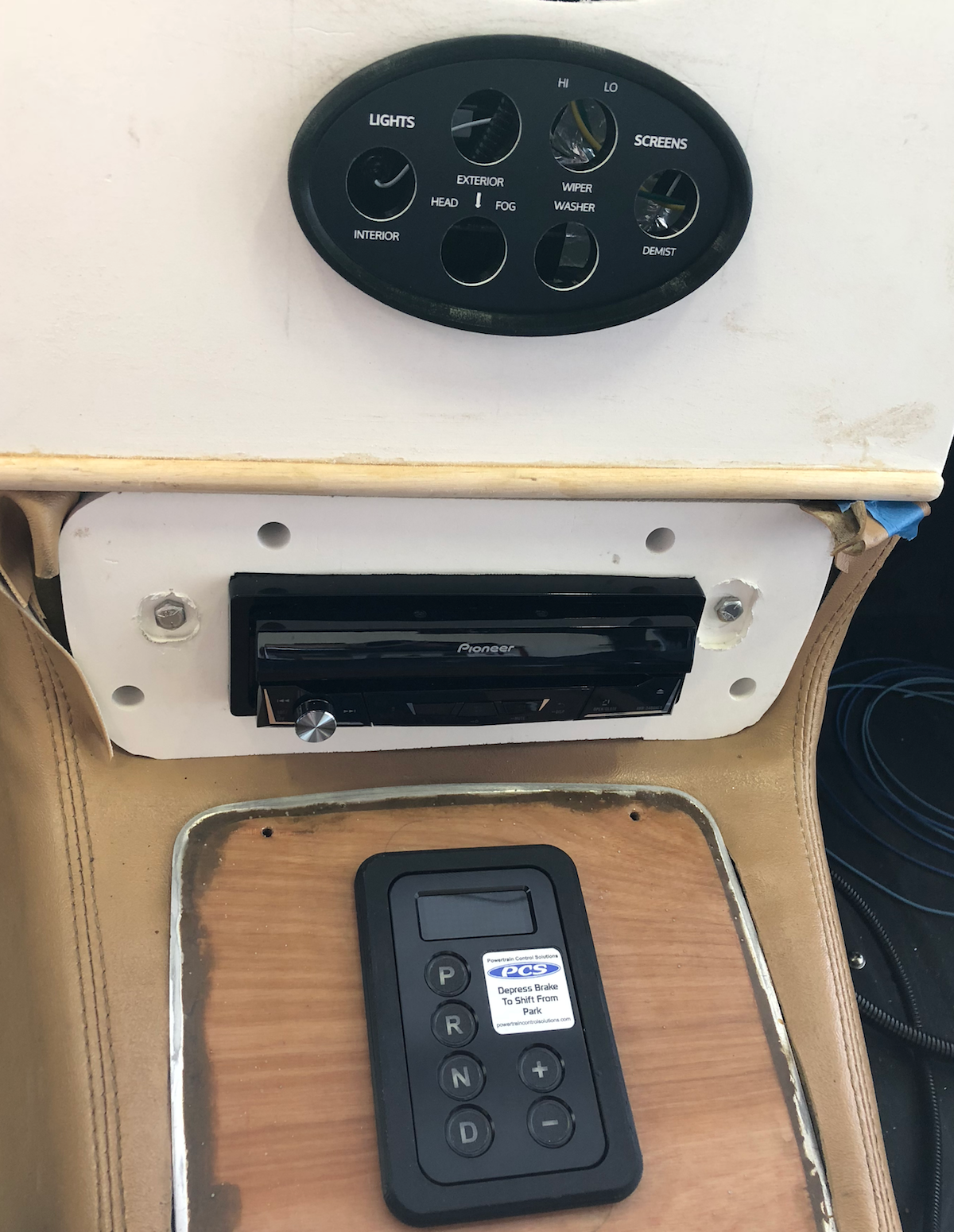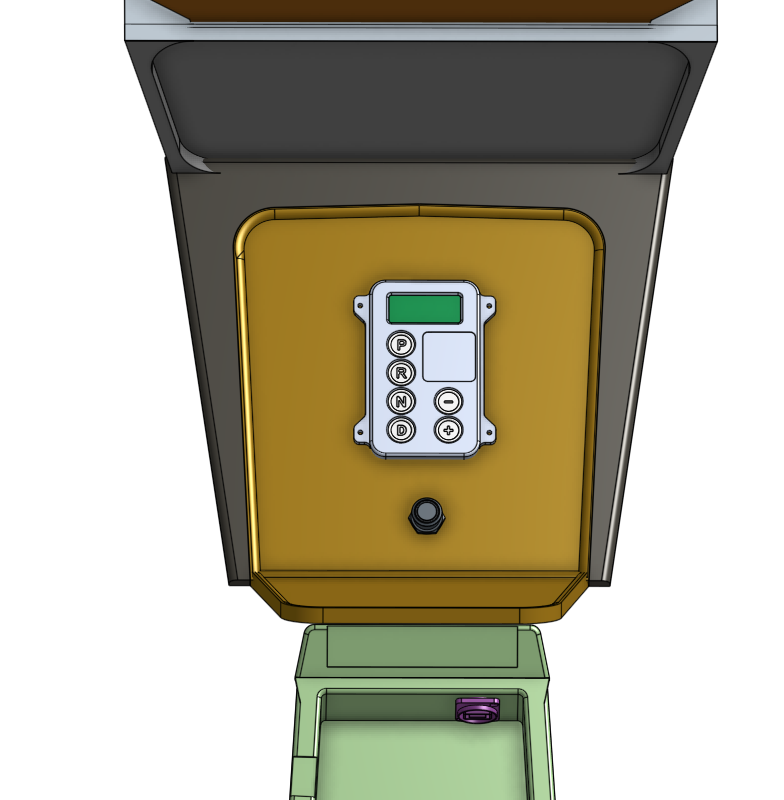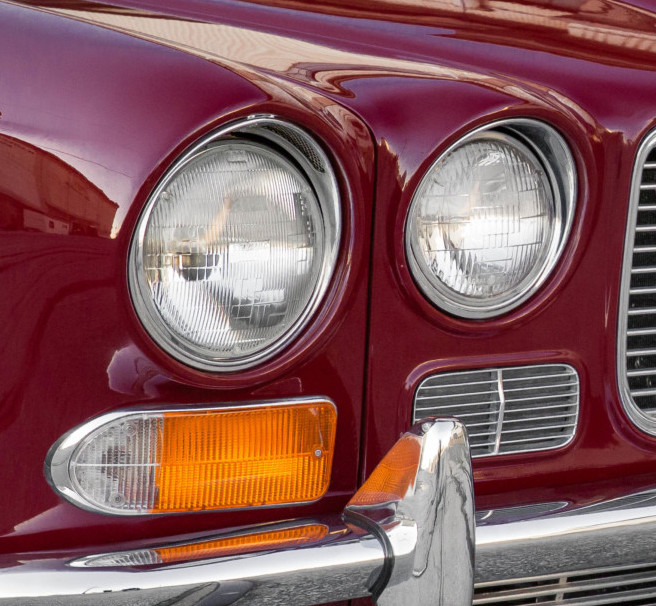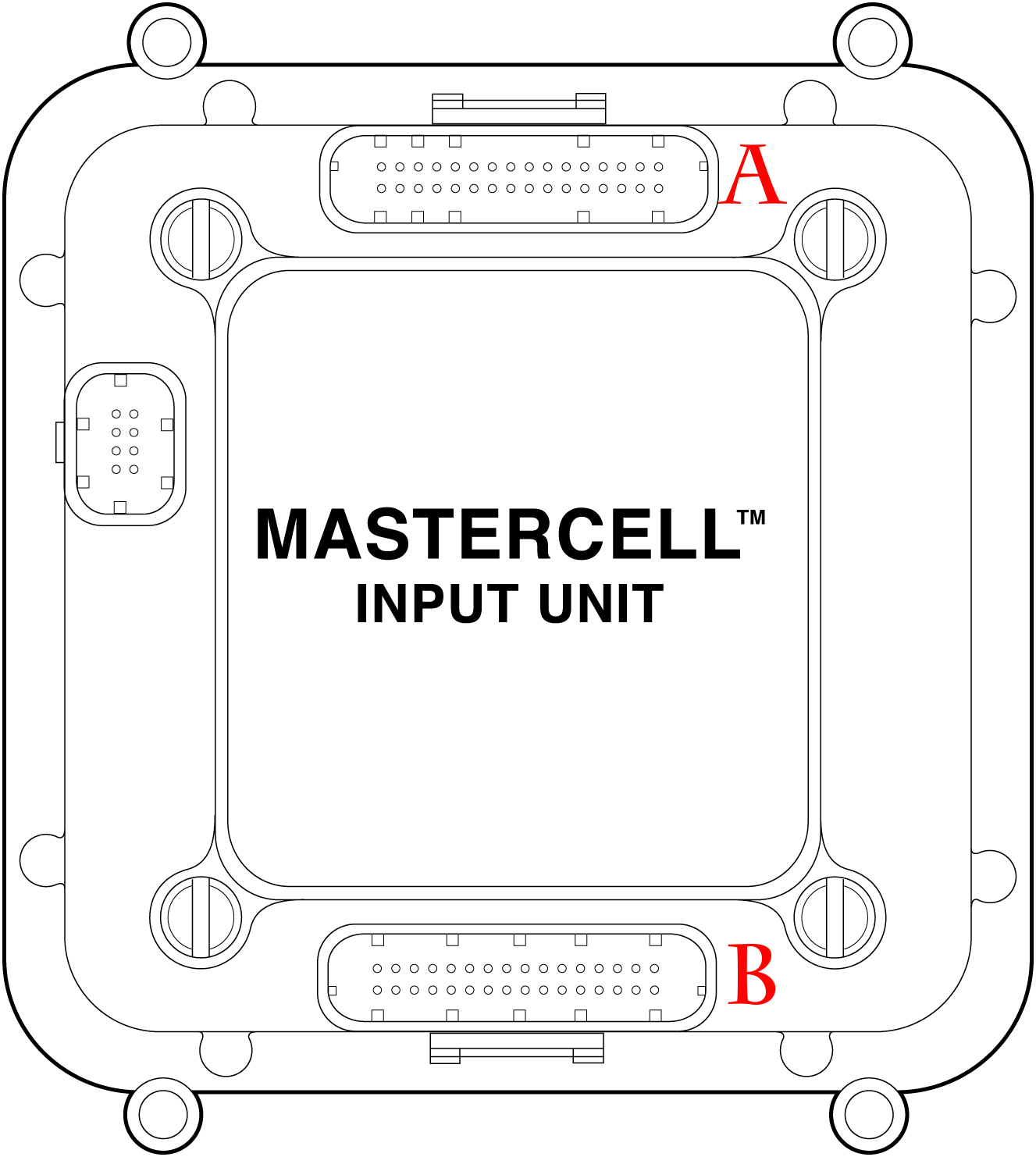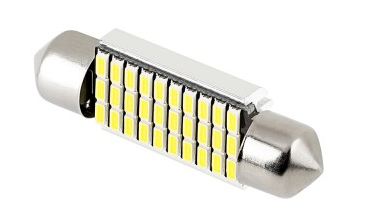Topics
Inboard brakes
Jaguar, along with several other foreign car manufacturers like Lotus, Maserati, Citroen and Alfa Romeo, experimented with inboard rear brakes to reduce unsprung weight and eliminate suspension twisting that occurs when brakes are installed at the wheel.
Inboard brakes are located next to the differential and this inside placement tends to protect the rotor and caliper from water and road debris compared to the more common outboard brakes at the wheel.
Inboard brakes can also be mounted with rigid brake lines since the caliper is fixed to the chassis and doesn’t move with the wheel. A hard line can manage a higher hydraulic pressure versus a flexible hose on outboard brakes so, in theory, inboard configurations provide higher braking torque per a given size of rotor (but a flexible line is still required from the chassis to the suspension cage).
There are disadvantages, too. Rotors get very hot and the inboard location means that rotor heat is more readily transmitted to the differential which puts added stress on drivetrain oil seals (differential oil leaks are not uncommon on XJ models). Of perhaps more importance is the hassle of maintenance. Inboard brake rotors cannot be easily replaced like outboard ones; the entire axle must be removed first! Inboard brake pads can be changed, but not as conveniently as an outboard setup. Bleeding inboard brakes can be a chore as well.
It is possible to convert an XJ6 from inboard to outboard brakes, but this requires new half shafts and other fittings. Apart from conversion, some inboard disadvantages can be mitigated with minimal effort.
Rotor type
Vented, drilled, or slotted rotors dissipate heat better than the stock solid rotor. A solid rotor can reach 400-1000℉ when brakes are applied; a rotor with vents (and/or slots and drilled holes) tends be about 50-200℉ cooler under the same conditions. That translates into less heat conducted into the differential case and less stress on the oil seals. Cooler rotors have the added benefit of minimizing brake fade, but this isn’t of much concern on the rear brakes since most of the stopping friction is handled by the front brakes.
The Jaguar rotors, both front and rear, are only 1/2″ in diameter, so this means that solid rotors must be used (there isn’t room for a vented middle air space) unless the calipers are modified to handle a larger rotor diameter. This isn’t practical and not worth the minor improvement due to a lower heat generation of a vented rotor. So the best Jaguar choice is a solid (non-vented) rotor with some sort of heat mitigation due to the application of slots, dimples, and holes.
EBC
Numerous variations of vents, slots, dimples, and holes populate the brake rotor world. EBC, a major worldwide brand with high quality standards and exclusive UK/USA manufacturing facilities, has developed solid rotors with a combination of slots and surface dimples that balances heat dissipation, strength, and performance.
EBC invented a dimple drilled rotor in the 1990s (and widely imitated since) to provide pad degassing without weakening the disc by drilling through holes that can promote rotor cracks. Wide aperture slots draw cool air under the brake pad and rotor interface with a full sweep design to remove dust, water, and debris from interfering with the flat braking area surface.
EBC rotors also have a corrosion protection coating that should last many years; hopefully this will offset the inconvenience of replacing inboard brake parts.
EBC brake pads are expressly engineered for a balanced system in combination with their rotors. There is a range from street (Greenstuff) to aggressive track application (Yellowstuff R); the Greenstuff pad best matches our project street objective.
Remote bleeders
Instead of trying to bleed the inboard brakes at the caliper location, remote bleeders with flexible hose extensions can be located at the chassis side in an easy-to-reach position.
XKS.com sells a remote system for the Jaguar IRS with “speed bleeders” that correctly sets hydraulic pressure using a one-way check valve; when the valve is opened, air and fluid come out when the pedal is pressed but the valve closes between pumps to prevent air from re-entering the system.
Brake components
Consumables
In addition to the main rotor brake pads discussed above, a number of rear brake parts wear out and need replacement.
As noted above, the hard-to-reach bleeder will be replaced with a more convenient remote bleeding system. In addition, the rust-prone caliper pistons will be replaced with stainless steel versions.
Part restoration
Larger metal parts, after cleaning, will be blasted and then painted with high temperature caliper paint to inhibit corrosion.
The hardware survived in good condition and will be polished up for re-use.
Note that the four large caliper bolts (at the left) have evidence of thread locker applied (a good thing and they were difficult to remove!).
Four caliper mounting bolts – C30251 – that are secured with twisted wire show signs of wear and they will be replaced (not shown in photo above).
Front/rear brake balance
Since the Jaguar brake booster single line system will be retained, it’s important to balance the relative strength between the front and rear brakes. While the rear brakes will be improved with cooler rotors and stainless pistons, the original calipers remain and the basic specifications are unchanged. The single pistons in the rear calipers have a radius of 0.8425″ that equates to a 2.23 sq in area.
The original front brakes have (rather oddly) three pistons: two on one side with areas of 1.95 sq in each (or 3.90 sq in combined area) and a larger piston on the opposite side with an area of 3.97 sq in. Thus, the piston area ratio between the front and rear is:
3.93/2.23 = 1.76
Front brakes also have EBC rotors and Greenstuff pads with refurbished Jaguar calipers. Retaining the front/rear ratio but substituting new rotors and better pads should keep the braking system in balance and robust enough to handle the increase LS3 horsepower.





